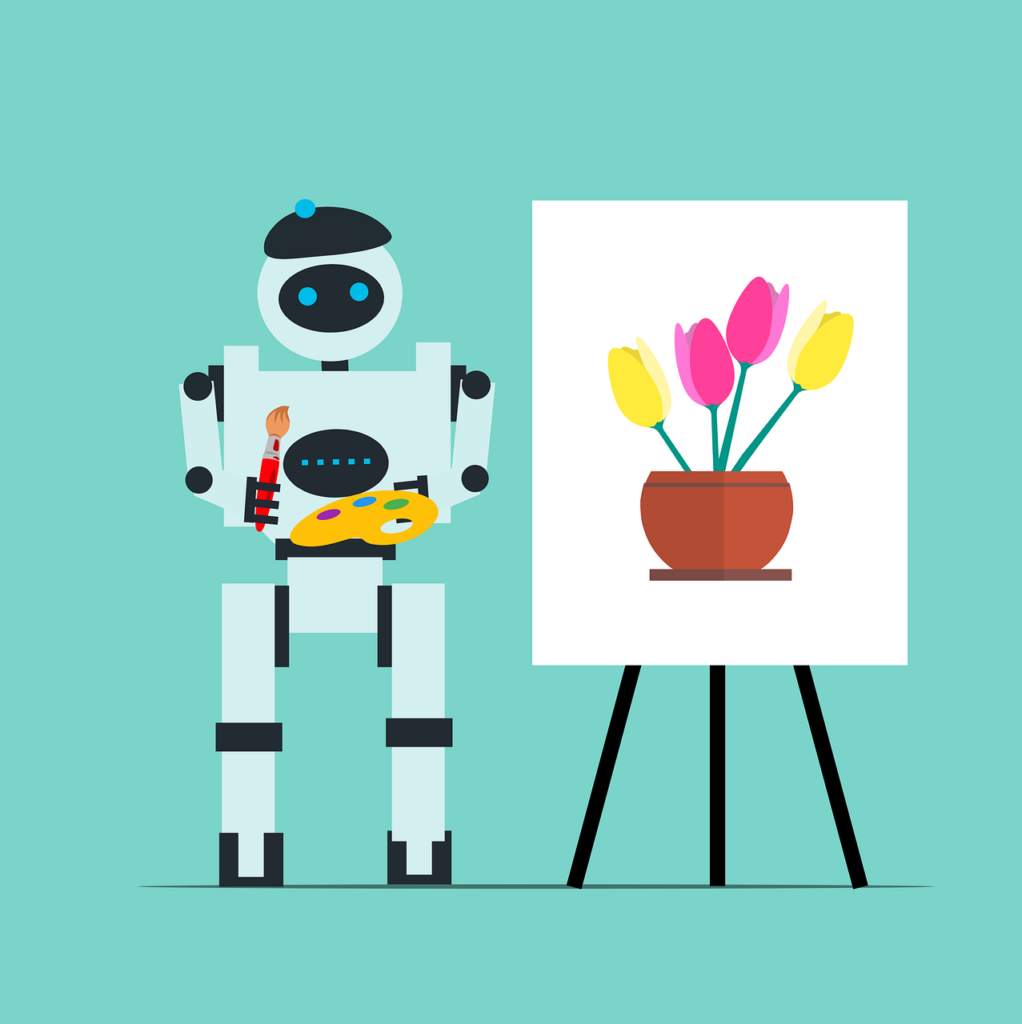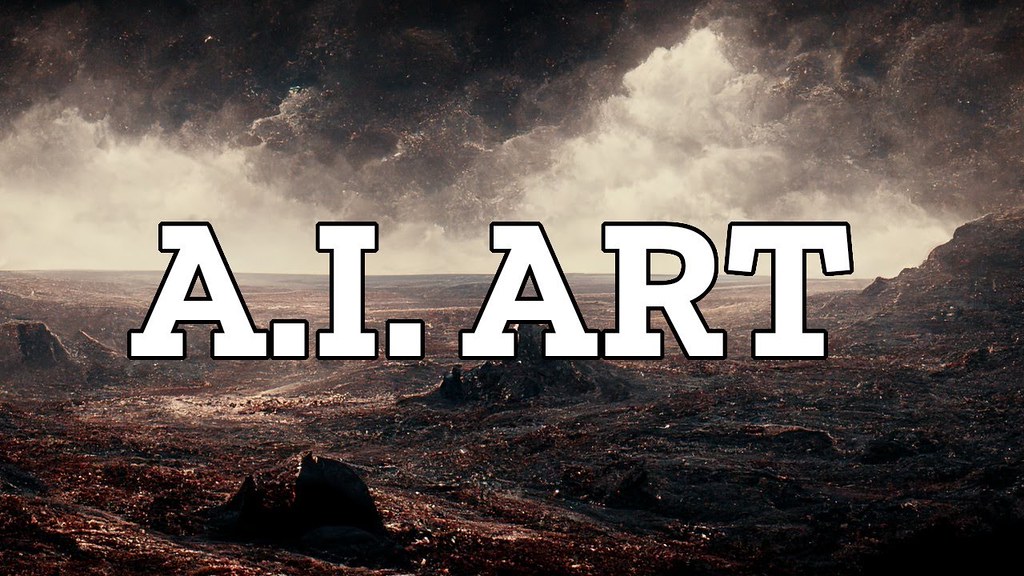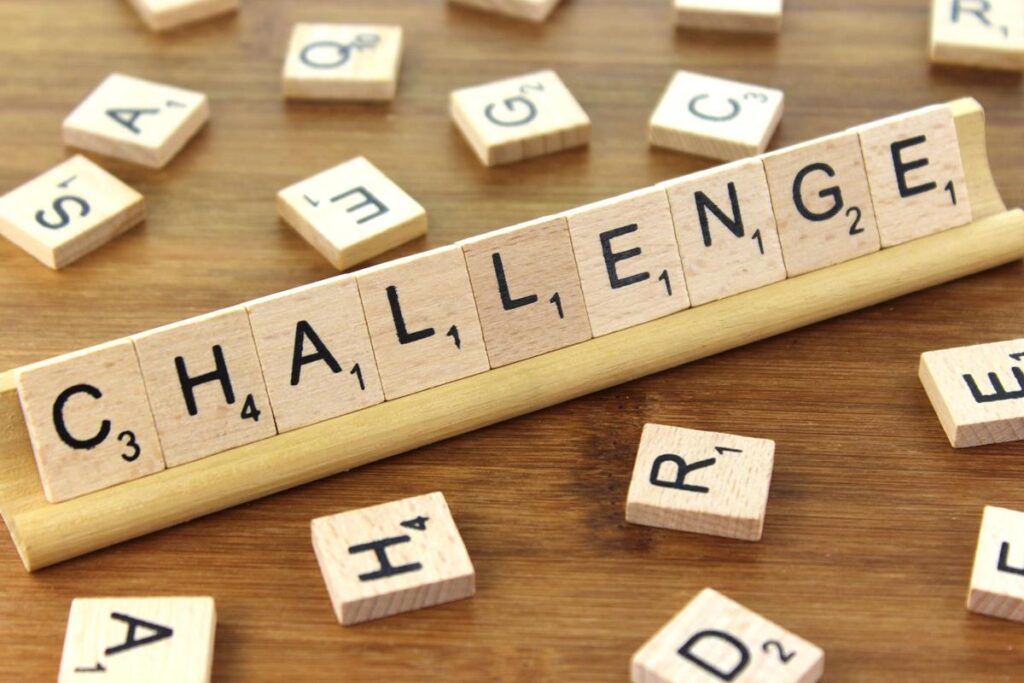Discover the limitless possibilities of AI-generated art. Explore the role of AI in art creation, examples of successful projects, ethical implications, and the future of AI art.

Brief explanation of what AI art is and why it’s worth exploring its creative potential?
AI art refers to artworks created with the help of artificial intelligence technology, such as machine learning algorithms, computer vision, and natural language processing. AI art has gained attention in recent years due to its ability to generate new forms of creative expression, challenge traditional notions of art, and provide new tools for artists. Exploring the creative potential of AI art can lead to new ways of creating art and understanding creativity, as well as raising important questions about the role of technology in art and society.
By exploring AI art, we can also gain insights into the potential future of art and technology, and how they can work together to create new forms of expression and meaning.

The Role of AI in Art:
AI has emerged as a new tool for artists and designers, transforming the art world in many ways. Here are some of the roles of AI in art:
- AI is used in art to create new forms of art that were not possible before, such as generative art, which involves using algorithms to generate new images, music, or other art forms based on patterns and data input.
- AI is used in art to enhance existing works by adding new details or textures, such as using machine learning algorithms to enhance and modify existing images or videos.
- AI is used in art to analyze and interpret art, such as identifying patterns and themes in a collection of artworks or predicting the authenticity of a painting.
- AI is used in art to create interactive installations that respond to the viewer’s movements or other inputs, creating new forms of engagement.

Benefits of using AI in art creation:
- AI allows for the creation of new art forms that were not previously possible, expanding the boundaries of artistic expression.
- AI enables artists to experiment and explore new ideas more quickly and efficiently, reducing the time and cost required for art creation.
- AI can help artists to overcome creative blocks and provide new sources of inspiration, generating new ideas and styles.
Examples of successful AI-generated artworks:
- “Edmond de Belamy” by the Paris-based art collective Obvious, which was sold for $432,500 at Christie’s in 2018.
- “Portrait of Edmond de Belamy” by the same collective, which was the first AI-generated artwork to be sold by a major auction house.
- “Memorizing Pi” by artist and researcher Anna Ridler, which is a series of prints generated by machine learning algorithms that depict the number Pi.
Types of AI art:
- Generative Art: “The Next Rembrandt” by ING Bank and J. Walter Thompson Amsterdam.
- Style Transfer: “Starry Night” by Vincent van Gogh and “The Scream” by Edvard Munch transformed into photographs by Leon Gatys.
- Enhancement: “The Birth of Venus” by Sandro Botticelli enhanced with texture and details by Google’s DeepDream algorithm.
- Analysis: “The Art Genome Project” by Artsy, which uses machine learning algorithms to identify patterns and themes in a collection of artworks.
- Interactive Art: “The Treachery of Sanctuary” by Chris Milk, an interactive art installation that responds to the viewer’s movements and creates an immersive experience.
Well-known AI artists and their work:
- Refik Anadol, whose work includes “Melting Memories,” an immersive installation that uses AI algorithms to explore the intersection of memory and machine intelligence.
- Sougwen Chung, whose work includes “Drawing Operations,” a series of live performances where she collaborates with an AI system to create a visual dialogue.
- Mario Klingemann, whose work includes “Memories of Passersby I,” an AI-generated artwork that won the 2019 Prix Ars Electronica award.

Challenges and solutions in AI art projects:
AI art projects can pose several challenges, including:
- Data Bias: AI algorithms can perpetuate bias in the data used to train them, which can lead to unintended results in the artwork.
- Lack of Human Touch: There is a risk that AI-generated art may lack the emotion and humanity that is often associated with traditional art forms.
- Technical Limitations: The current limitations of AI technology can restrict the scope and quality of AI-generated artworks.
To address these challenges, several solutions have been proposed, including:
- Diverse Data Sets: To mitigate data bias, AI art projects can use diverse data sets that represent a wide range of perspectives.
- Hybrid Approaches: Combining AI with human creativity can help to introduce an emotional and human touch to AI-generated art.
- Continued Development: As AI technology continues to evolve, so too will the scope and quality of AI-generated artworks.
Ethical Implications:
The use of AI in art raises ethical concerns regarding copyright infringement and potential misuse for nefarious purposes. There is also a debate around the value of AI-generated art and its potential impact on human artists.
To address these concerns, it is important to establish ethical guidelines for the development and use of AI in art that protect the rights of existing artists, promote transparency, and ensure that AI is used to augment human creativity rather than replace it.
The future of AI art:
The future of AI art is both exciting and uncertain. As AI technology continues to evolve, we can expect to see more sophisticated and innovative AI-generated artworks. At the same time, we must address the ethical concerns associated with the use of AI in art and ensure that human creativity remains central to the artistic process.
Ultimately, the future of AI art will depend on how we choose to use this technology. If we approach it with responsibility and a commitment to creativity and innovation, we can unlock its full potential and push the boundaries of what is possible in art.
Lastly, I would like to say that exploring the creative potential of AI art can lead us to new frontiers of creativity and innovation. While there are challenges and ethical implications to consider, AI-generated art has the potential to inspire us and challenge our perceptions of what is possible in art. By embracing this technology and leveraging it responsibly, we can create a future in which human and AI creativity work together to push the boundaries of artistic expression.
Read this also : The Future of AI and its impact on society
Frequently asked questions
What is AI art?
What are the benefits of using AI in art creation?
What are the ethical implications of using AI in art?
Who are some well-known AI artists and what are their works?
How is AI used in art creation?
What are some examples of successful AI-generated artworks?
What are the different types of AI art?
What is the future of AI art?
Question not answered above? Contact us
